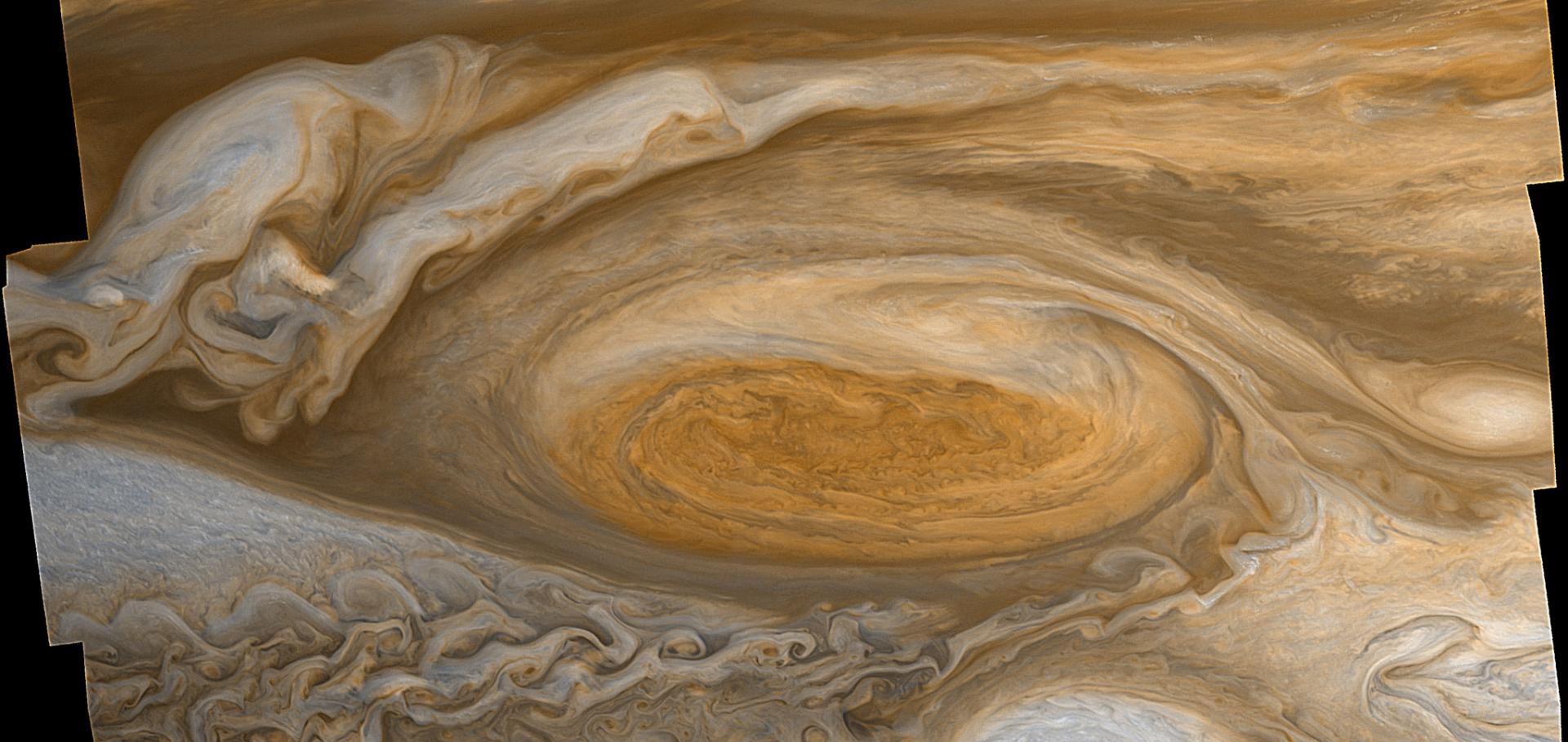GCM representation of turbulence on Jupiter
SPRINGER PROC PHYS 117 (2007) 582-584
Mars Climate Sounder: An investigation of thermal and water vapor structure, dust and condensate distributions in the atmosphere, and energy balance of the polar regions
JOURNAL OF GEOPHYSICAL RESEARCH-PLANETS 112:E5 (2007) ARTN E05S06
Superrotation in a Venus general circulation model
JOURNAL OF GEOPHYSICAL RESEARCH-PLANETS 112:E4 (2007) ARTN E04S11
Instabilities of a barotropic shear layer in a rotating fluid: asymmetries with respect to sgn(Ro)
Meteorologische Zeitschrift Schweizerbart 15:4 (2006) 417-422
Mapping potential-vorticity dynamics on Jupiter. II: The Great Red Spot from Voyager 1 and 2 data
Quarterly Journal of the Royal Meteorological Society 132:618 A (2006) 1605-1625


